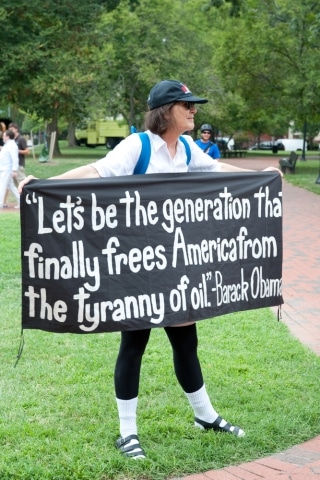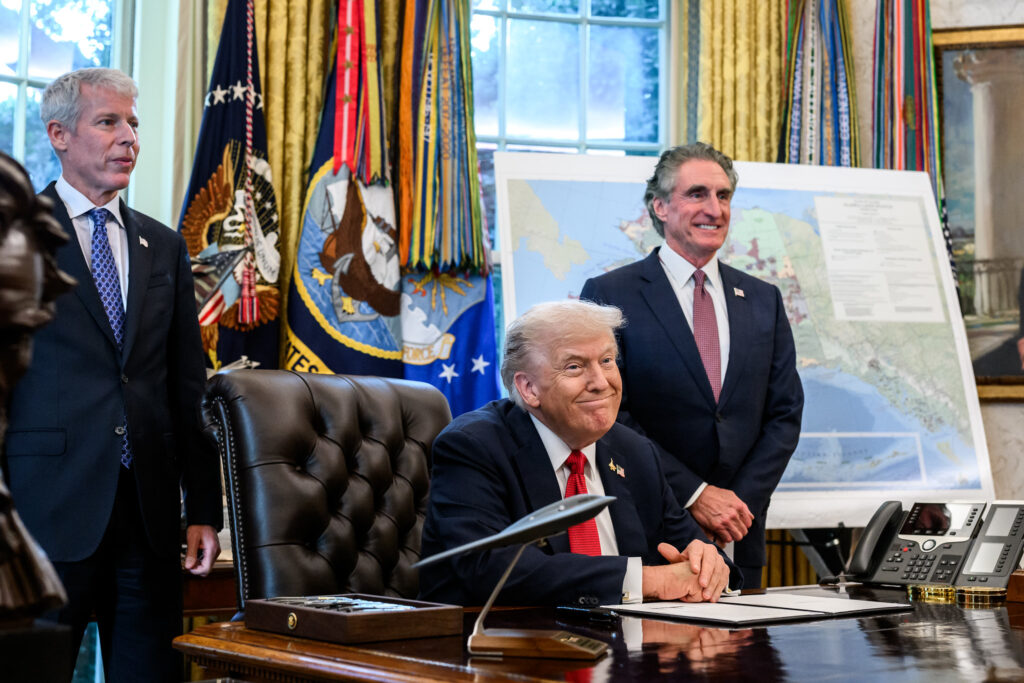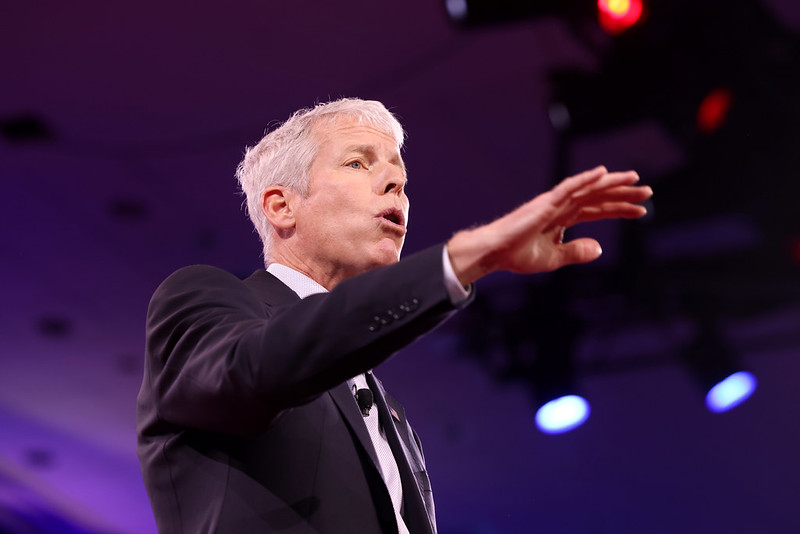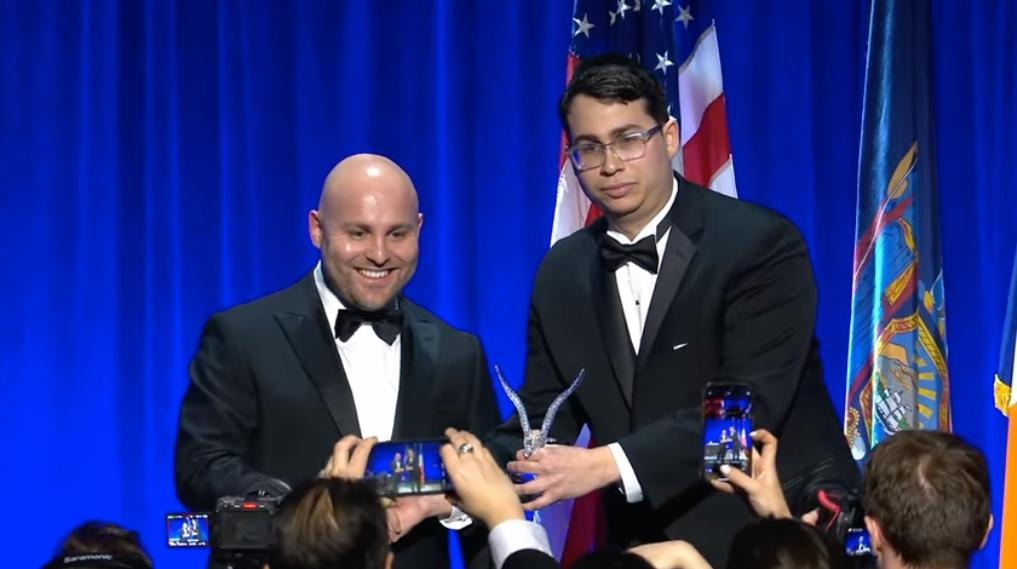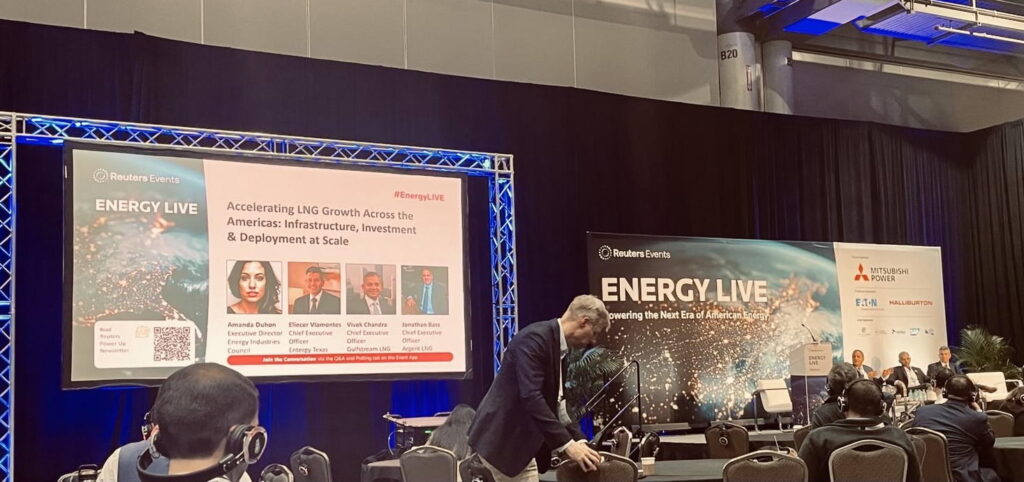Though plagued by corruption, the Keystone XL (KXL) “zombie pipeline” refuses to die.
While firsthand accounts from front line communities in Alberta, Nebraska, Oklahoma, and Texas have galvanized activists, the interconnected web of corporate lobbyists, oil executives, and Obama administration officials continue to push the project forward.
Thankfully, the State Department has launched an inquiry into conflicts of interest in the Keystone XL pipeline (KXL) review, specifically looking at the troubling revelations about TransCanada contractor, Environmental Resources Management (ERM Group).
Listed below is a series of selected controversies as well as the key dates around which the pipeline permitting process revolves.
2007: Documentation of health effects of tar sands extraction begins.
2008: TransCanada proposes the Keystone XL Pipeline extension.
2009: TransCanada files an application to build the KXL pipeline. Elevated occurrences of cancer are found in residents of the Fort Chipewyan community, which is located downstream from tar sands extraction sites. The Alberta government asserts there is no cause for concern. Contrary to industry reports, the proposed KXL is revealed as an export pipeline.
2010: The Environmental Protection Agency (EPA) criticizes the first draft of the Environmental Impact Statement (EIS), calling the report “unduly narrow.” The agency recommends the U.S. State Department look further into oil spill response plans, safety issues, and greenhouse gas concerns.
August 2011: Over a thousand peaceful protesters are arrested in front of the White House. The final EIS is released by the State Department. It does little to address EPA‘s concerns.
September 2011: The Cornell University Global Labor Institute releases a report raising questions about TransCanada’s job creation estimates for the KXL project. The Cornell study finds – contrary to industry claims – that the KXL pipeline will not be a major source of U.S. jobs, could increase the cost of gas in the Midwest, and is unlikely to help the U.S. on a path towards energy independence. Additionally, the report points out flaws in an industry-based study (The Perryman Group study) claiming the pipeline will create 119,000 total jobs. The “flawed and poorly documented study” reached the 119,000 jobs estimate by including the southern section of the Keystone XL project which has already been built.
October 2011: TransCanada lobbyist Paul Elliot’s close ties to Hillary Clinton are documented by DeSmog, as well as those of several other lobbyists with ties to President Obama and then-secretary-of-state Hillary Clinton. Meanwhile, TransCanada is accused of using eminent domain to secure land before the KXL is officially approved.
November 2011: The State Department loses thousands of comments from public hearings about the pipeline. The department quickly announces it will seek “additional information” and delays the decision until 2013.
December 2011: Congressional Republicans try to speed up the review process and push the project through. Pro-Keystone bills, riders, and amendments continue to be introduced.
January 2012: President Obama rejects the Keystone XL pipeline, pointing to, “the rushed and arbitrary deadline insisted on by Congressional Republicans,” which, “prevented a full assessment of the pipeline’s impact, especially the health and safety of the American people, as well as our environment.”
March 2012: President Obama approves the southern half of KXL. The Tar Sands Blockade begins planning a series of non-violent civil disobedience actions in response.
May 2012: TransCanada submits a new application for the project.
November 2012: Peaceful Tar Sands Blockade protesters are pepper sprayed by police.
February 2013: The Canadian government admits the toxins leaking into groundwater from tar sands tailings ponds are not naturally occurring.
March 2013: Despite the concerns of scientists, landowners, and local officials, the State Department releases a new draft Environmental Impact Statement (EIS) claiming the proposed KXL project is environmentally sound. Soon, it emerges that “the study was contracted out to firms with tar sands extraction clientele.” TransCanada hires the ERM Group, a public relations firm with ties to Big Tobacco.
April 2013: The EPA finds the State Department’s latest environmental review of the Keystone XL insufficient. Reports confirm the EIS contractor greenlighted another faulty “explosive” project.
May 2013: The State Department’s inspector general launches an investigation into the conflicts of interest in the pipeline review process.
June 2013: Dents are found in sections of the Southern half of the pipeline, raising safety concerns. Activists crawl inside the pipeline and find light seeping through. Later, a State Department contractor is revealed as an American Petroleum Institute (API) member. Friends of the Earth and the Checks & Balances project uncover the fact that Environmental Resources Management, Inc. (ERM), contracted to write the EIS, lied on its June 2012 contract of interest filing. ERM claimed to have no current business ties to TransCanada, contrary to evidence.
July 2013: The State Department admits it doesn’t know the KXL’s exact route. Former Obama attorney Robert Bauer is revealed as a member of law firm Perkins Coie LLP, which does legal work for TransCanada. His wife, Anita Dunn, works for a TransCanada lobbying group. In light of the numerous scandals, public interest groups call for Secretary Kerry to throw out the State Department’s KXL review.
August 2013: The State Department initiates an inquiry into the flawed KXL review process. Days later, hydraulic fracturing – “fracking” – is linked to the KXL. Top players in the fracking industry and groups pushing for approval of the KXL are both linked to the ERM group.
The above list is not comprehensive, and it doesn’t include the majority of the impacts of tar sands extraction and refining. But it should provide a clear indication of just how broken and corrupt the KXL pipeline review process is. Let’s hope the Inspector General takes note during the ongoing inquiry.
Subscribe to our newsletter
Stay up to date with DeSmog news and alerts


